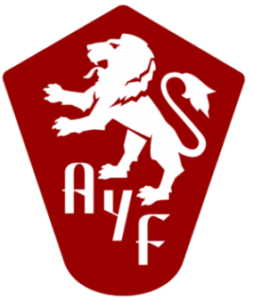Understanding Vahan Cardashian’s Legacy

A book on Vahan Cardashian, the man who set the foundation for Armenian political advocacy in the United States, has long been overdue. Finally, earlier this year, the Center for Armenian Remembrance (CAR) released a compilation documenting some of this man’s legendary work.
Born in Caesarea around 1880, Cardashian made his way to the United States in 1902. After graduating with a law degree from Yale in 1908 he went on to open a successful legal practice in New York.
Interestingly enough, Cardashian actually later became the representative for the Ottoman Embassy in the US. As he learned of the Turkish government’s plans to exterminate his own people–including his mother and sister, who became victims of the Genocide–he resigned his post and transformed himself into a “one-man army” fighting for the Armenian Cause.
Cardashian was most well known as the founder of the American Committee for the Independence of Armenia (ACIA), the precursor to today’s Armenian National Committee of America (ANCA). Working alongside the likes of Armen Garo (Armenia’s then Ambassador to the US), he succeeded in rallying countless prominent Americans in support of pro-Armenian issues.
The book features both a biography and synopsis of Cardashian’s life and work. It also features excerpts of his reports, correspondence and writings during his advocacy with the ACIA. These writings offer direct insight into the issues and argumen’s being fought over in US policy at the time. They also reveal the nature of the battles an Armenian patriot such as Cardashian had to confront. Ironically, the lessons of these battles are as relevant today as they were back then.
Cardashian eventually passed away in 1934, in pursuit of the Armenian Cause until his very last breath. Although he was not able to shift US policy against collaboration with Kemalist Turkey, his efforts helped lead to such successes as Woodrow Wilson’s push for a viable Armenia in the Treaty of Sevres, official White House recognition of the Armenian Republic and the blocking of American ratification of the Treaty of Lausanne.
More importantly, the standard of sacrifice, political influence, and integrity that he established became the blueprint for future generations of Armenian activists in the United States. Understanding his legacy and ideas should be paramount to anyone concerned with the future of Armenian American political action. If you’re one of those people, you should definitely consider picking up this book.
Editor’s Note: This Book Review appears in the Fall issue of Haytoug, the Armenian Youth Federation’s official publication. The Fall 2008 issue can be found at community centers, schools and local bookstores. Pick up a copy or download it in PDF format.


Leave a Reply
Want to join the discussion?Feel free to contribute!